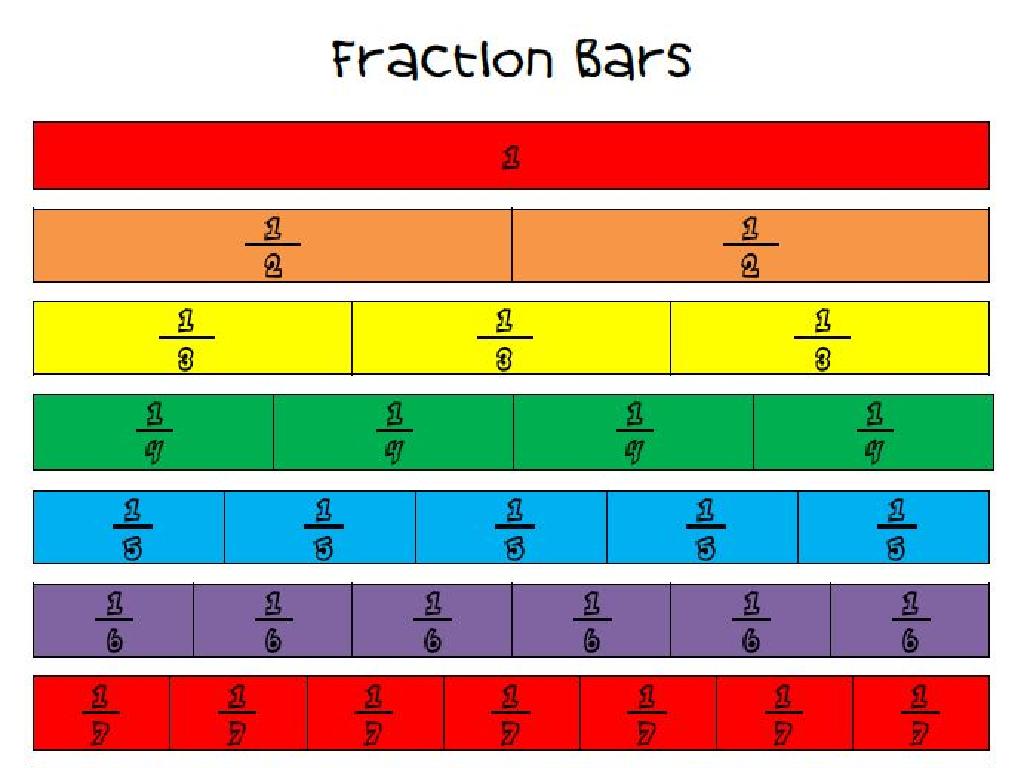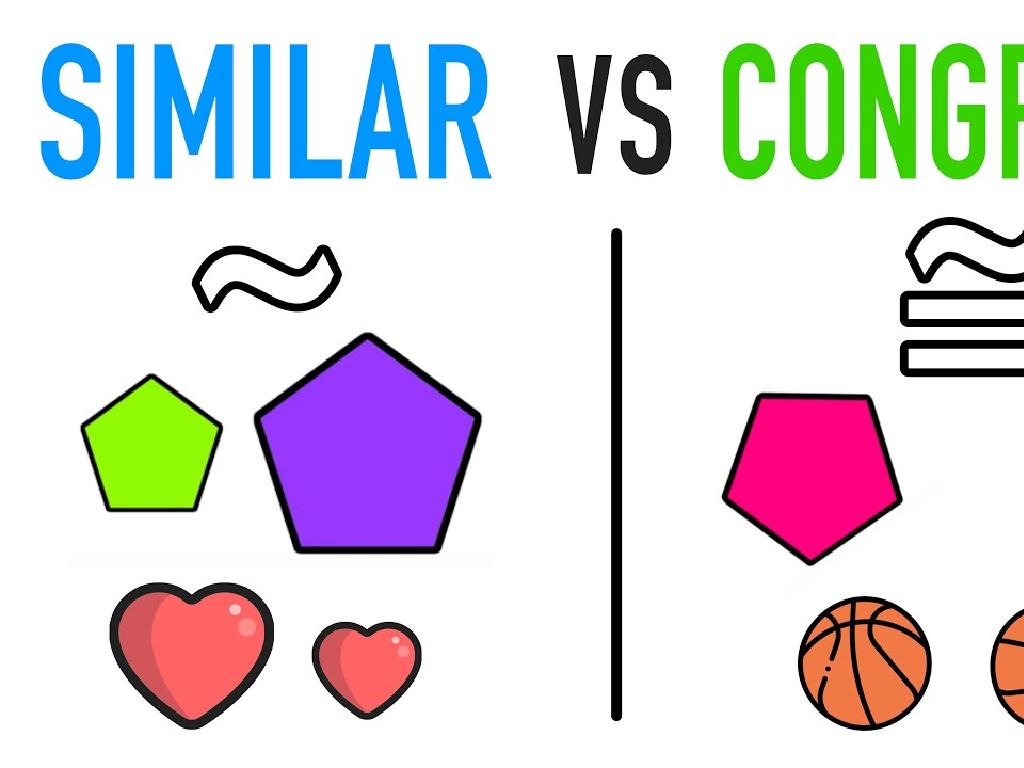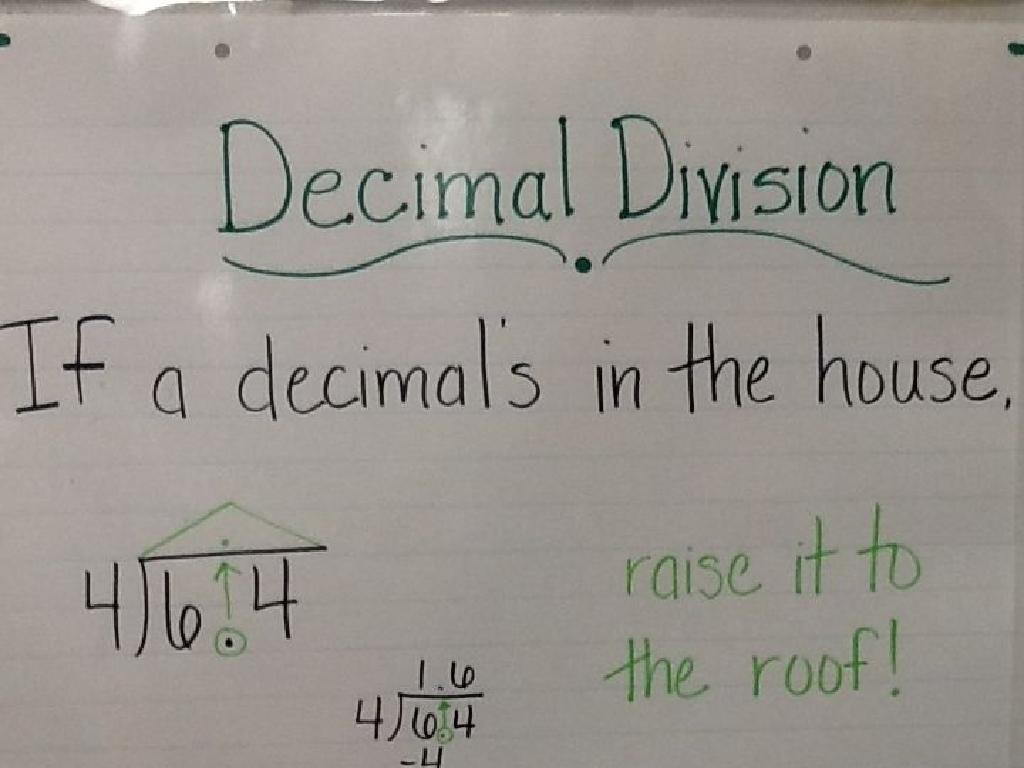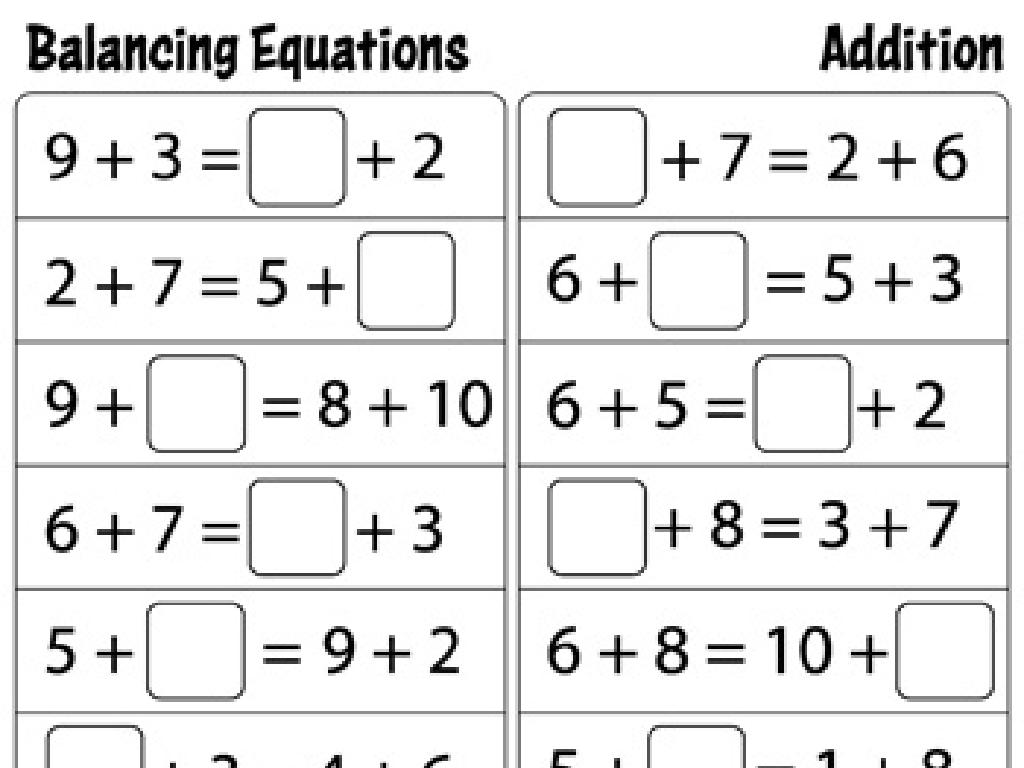Order Alphabetically Based On The First Three Letters
Subject: Language arts
Grade: Fourth grade
Topic: Reference Skills
Please LOG IN to download the presentation. Access is available to registered users only.
View More Content
Mastering Alphabetical Order
– What is Alphabetical Order?
– It’s arranging words based on the letters of the alphabet.
– The Importance of Alphabetical Order
– Helps us find words quickly in dictionaries and lists.
– Sorting Words by First Three Letters
– Use the initial three letters to determine a word’s order.
– Practice Alphabetical Sorting
|
This slide introduces students to the concept of alphabetical order, a fundamental skill in reference and organization. Begin by explaining that alphabetical order is a system of sorting words based on the sequence of the alphabet. Emphasize its importance in everyday tasks such as looking up words in a dictionary or finding a name in a contact list. Teach students to focus on the first three letters of words to determine their order, as this is often enough to sort a list correctly. Include a class activity where students practice sorting a list of words, ensuring they understand how to apply the rule of the first three letters. This exercise will help reinforce the concept and demonstrate its practical use.
Alphabet Mastery with Music
– Sing the Alphabet Song
– Join in singing to remember A to Z
– Review letter order
– Recall how letters line up in the alphabet
– Practice alphabetizing
– Alphabetize words by their starting letters
– Fun with first three letters
– Focus on the first three letters to sort words
|
This slide is designed to be interactive and engaging, helping students to solidify their understanding of the alphabetical order through the familiar and fun Alphabet Song. Encourage the students to sing along to refresh their memory of the sequence of letters. After singing, transition to reviewing the order by visually displaying the alphabet and pointing to each letter. Then, practice alphabetizing a list of words as a class, focusing on the first three letters of each word. This will help students understand how to reference and organize words alphabetically, a skill that is fundamental in many aspects of learning and reference in language arts. Make the activity enjoyable by incorporating a game or challenge that rewards students for correctly alphabetizing words.
Mastering Alphabetical Order
– What is alphabetical order?
– Sorting letters or words from A to Z
– Why use alphabetical order?
– It makes finding words quicker in lists
– How to sort words alphabetically
– Start with the first letter, then second, then third
– Example: Sorting ‘apple’ and ‘banana’
– ‘apple’ starts with ‘a’, ‘banana’ with ‘b’, so ‘apple’ comes first
|
This slide introduces the concept of alphabetical order, which is a fundamental skill in reference and organization of information. Explain that alphabetical order is like the order of the alphabet we use to start the day. It’s a way to arrange words so that they are in the same order as the letters in the alphabet, making it easier to locate them in a dictionary, a book index, or a list. Use everyday examples like sorting fruit names or arranging classmates’ names to illustrate the concept. Encourage students to think of other words and practice ordering them, reinforcing the idea that alphabetical order is based on the first letter of each word, and if those are the same, then the second letter, and so on.
Alphabetical Order: First Three Letters
– Compare first letters of words
– If same, compare second letters
– If still same, compare third letters
– Practice with examples
– Example: Which comes first, ‘cat’ or ‘car’?
|
This slide introduces students to the concept of alphabetical order focusing on the first three letters of words. It’s important to explain that sometimes words begin with the same letter, and we must then look at the second letter to determine order. If the second letters are also the same, we proceed to the third letter. Provide students with a list of words to practice this skill, ensuring they understand how to differentiate words that are similar. Encourage them to think of other words that start with the same letters and how they would order them. This exercise will help improve their reference skills and their ability to organize information alphabetically.
Alphabetical Order: First Three Letters
– Alphabetizing words example
– cat, car, can: which word is first?
– Sorting words starting with ‘ca’
– car comes before cat, and cat comes before can
– Ordering ‘do’ words alphabetically
– dog, doll, dot: find the correct order
– Discuss your answers with a friend
– dog comes first, then doll, and dot is last
|
This slide is designed to help students understand how to alphabetize words by focusing on the first three letters. Use examples to show how similar words are ordered. For ‘ca’ words, ‘car’ comes before ‘cat’ because ‘r’ comes before ‘t’ in the alphabet. Similarly, for ‘do’ words, ‘dog’ comes first, followed by ‘doll’, and ‘dot’ is last because ‘g’ comes before ‘ll’, and ‘ll’ comes before ‘t’. Encourage students to practice this skill by discussing their sorting process with a classmate. This peer interaction will help reinforce their understanding and provide an opportunity for collaborative learning.
Group Activity: Alphabetical Sorting
– Sort words by first three letters
– Each group gets unique word sets
– Collaborate within your group
– Discuss with teammates & decide order
– Present your sorted list to class
– Practice speaking skills during presentation
|
This group activity is designed to help students understand alphabetical order based on the first three letters of words. Divide the class into small groups and provide each group with a different set of words. Encourage them to work together to sort the words correctly. This will not only help them with their reference skills but also foster teamwork and communication. After sorting, each group will present their list to the class, allowing students to practice public speaking and share their learning process. As a teacher, facilitate the activity by guiding students who may struggle and ensure that each group participates actively.
Class Activity: Create Your Mini-Dictionary!
– Each student makes a mini-dictionary
– Pick 10 words from your reading book
– Write words in alphabetical order
– Alphabetize like ‘ant’, ‘ape’, ‘apple’
– Focus on the first three letters
– For example, ‘cat’ comes before ‘cot’
|
This activity is designed to help students understand alphabetical order and reference skills. Provide each student with paper or a notebook to create their mini-dictionary. Guide them to choose 10 words from their reading book, which they may not know the meaning of or find interesting. Then, demonstrate how to alphabetize these words by looking at the first three letters. For example, ‘ant’ comes before ‘ape’, which comes before ‘apple’. Encourage students to share their words and discuss any challenges they faced while ordering them. This exercise will enhance their vocabulary and prepare them for using real dictionaries and other reference materials.
Alphabetical Order: Conclusion and Review
– Purpose of alphabetical order
– It helps us organize words or items systematically.
– Sorting words by first three letters
– Look at the first three letters to determine the order.
– Recap of today’s lesson
– We learned how to arrange words alphabetically by their initial letters.
|
As we wrap up today’s lesson, remind students that alphabetical order is a fundamental skill that helps us to organize information efficiently, whether in a dictionary, a library, or a grocery list. Emphasize the importance of looking at the first, second, and third letters to determine the order of words, as some words may start with the same first or second letter. Review the steps we’ve taken to sort words and ask students to provide examples of when they’ve used alphabetical order in real life. Encourage them to practice this skill at home by organizing their books or toys alphabetically.
Homework: Alphabetical Order Practice
– Find 15 words in your book
– Write words in alphabetical order
– List words as they appear in a dictionary
– Use the first three letters to sort
– If two words start with the same letters, look at the fourth letter
– Bring your sorted list to class
|
This homework assignment is designed to reinforce students’ understanding of alphabetical order, a fundamental reference skill. Students are tasked with selecting 15 words from their reading book, which encourages them to engage with the text. They must then write these words down in alphabetical order, focusing on the first three letters to determine their correct position, similar to looking up words in a dictionary. If students encounter words that start with the same letters, they should look at the subsequent letter to decide the order. Remind students to bring their lists to the next class for a review session, where they can compare and discuss their findings with classmates. This exercise will help improve their vocabulary and dictionary skills.






